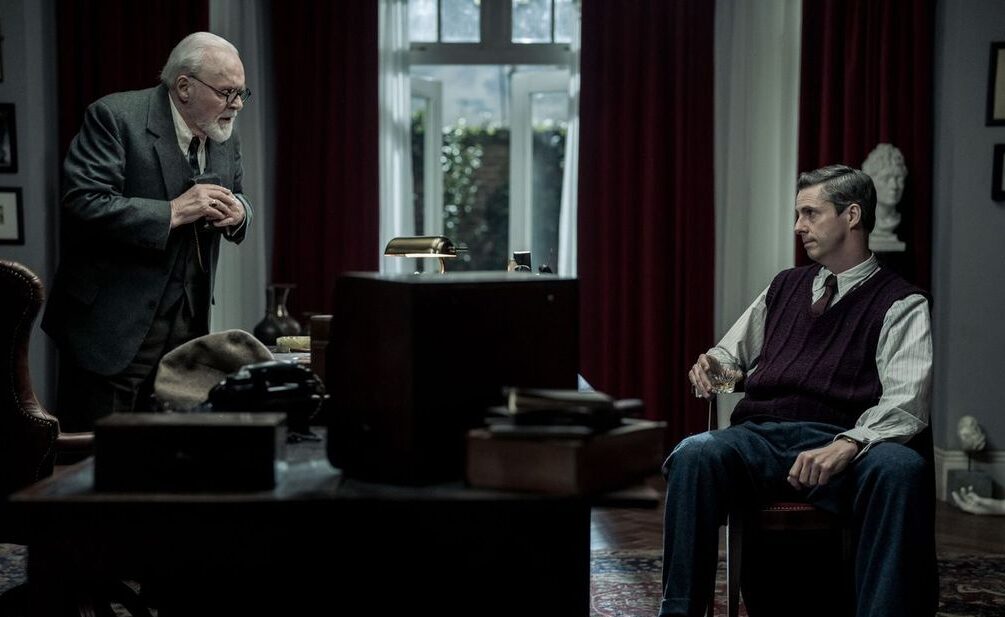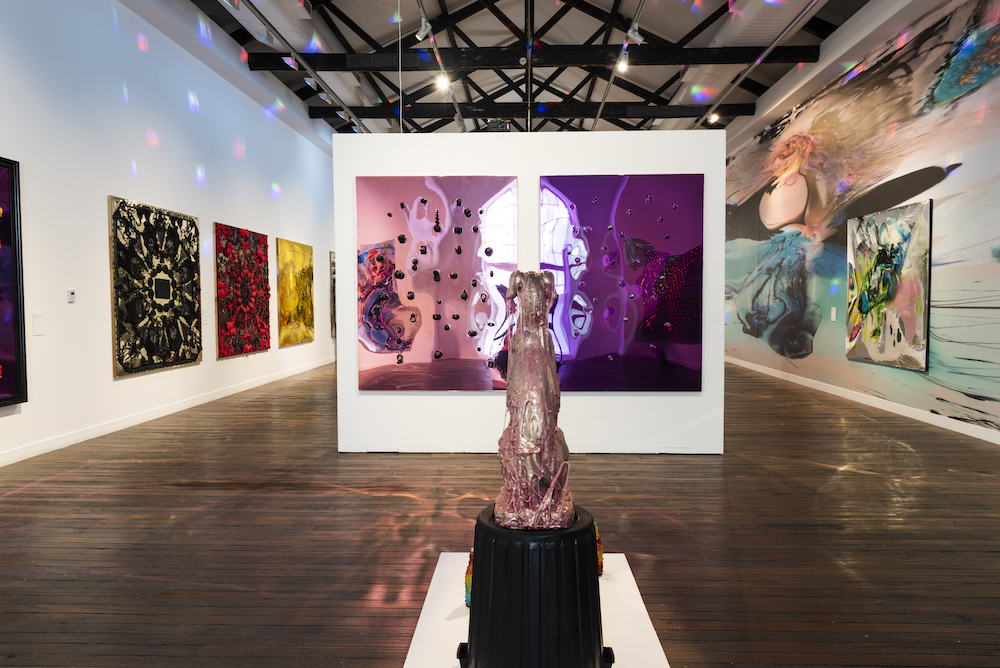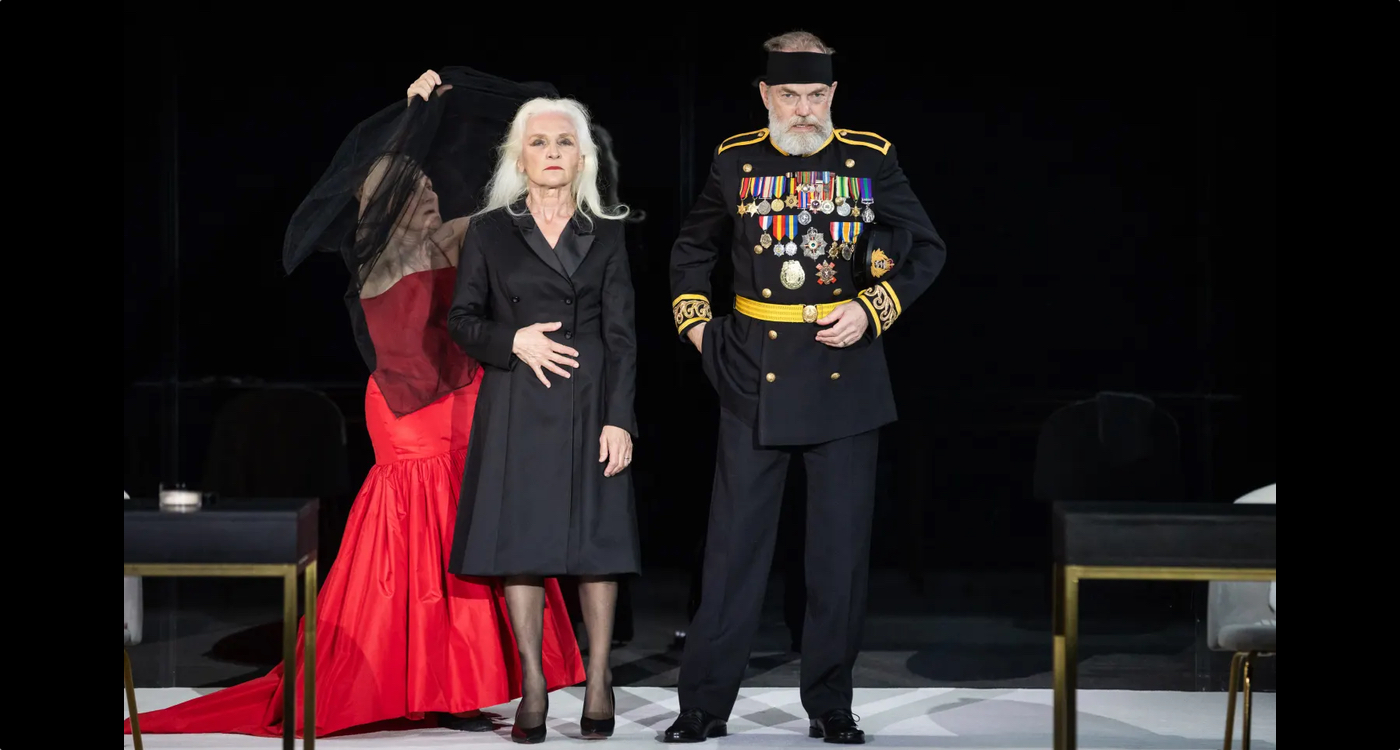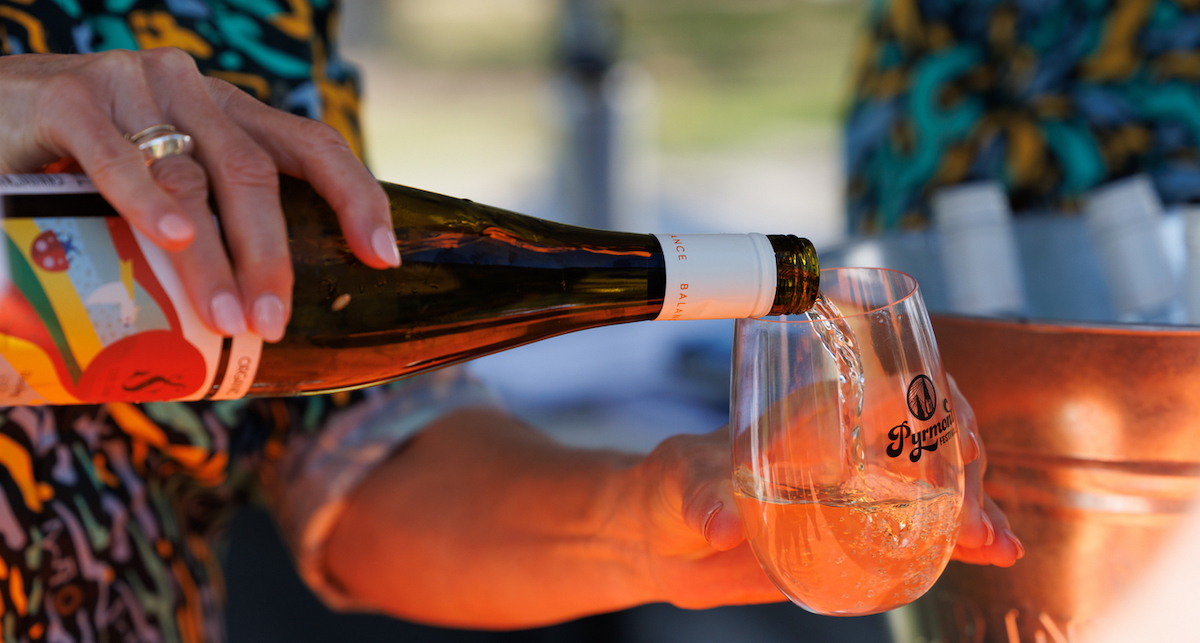
THE NAKED CITY – The True Story of the Fake Uluru

At a time when local indigenous rights were finally realised and climbing the rock at Uluru was banned forever, it’s interesting to reflect on the demise of a somewhat bizarre East Coast tourist attraction. In 1990, Mike and Mal Leyland, famous for their Australiana TV series, opened Leyland Brothers World at Tea Gardens in Northern NSW. The big attraction was a somewhat unconvincing replica of Uluru which may well have been cursed from its very inception.
At the time there was virtually no suggestion that replicating an aboriginal sacred site, for commercial return was out of order. Not everybody could journey to Central Australia to experience the real thing and whilst only a minnow compared to the massive Uluru, it was a sizeable drawcard.
Unfortunately, Leyland Brothers World failed to attract the punters that Mike and Mal had envisaged and the whole venture eventually sent them bankrupt with losses supposedly around the million-dollar mark. Sold in 1992, it was later purchased in 2009 and set up as the Great Aussie Bush Camp, attracting thousands of young children every year. More recently it morphed into a true American style roadside attraction, becoming the ‘Rock Roadhouse’ and a popular pit stop for travellers on the Pacific Highway.
In August of last year it all came to a blazing end when the Roadhouse and the ‘Rock’ went up in a truly spectacular fire, attended by no less than 18 fire trucks. Whether it was cursed from the very beginning, it’s not for me to say but perhaps there was a certain symbolism in the raging inferno that removed it from the landscape. Given the spiritual significance of Uluru, you might ask – would there be a public outcry today if you built a roadhouse resembling a scaled down version of the Vatican?
There has always been a strong element of kitsch and tackiness associated with well-known landmarks duplicated elsewhere in the world. Las Vegas is full of them and closer to home, Esperance in Western Australia has a recreation of Stone Henge – not the current crumbling ruin but a supposedly faithful reproduction of what it would have looked like some 4,000 years ago. A few years ago the Chinese city of Suzhou spent a small fortune building their version of London’s Tower Bridge, much larger than the original and complete with two extra turrets.
Australians do love oversized roadside attractions and most of them like the Big Merino and the Big Lobster don’t generate any political or spiritual conflict. There’s probably room for a bit of appropriation of global iconic landmarks as long as it is done with a dash of homegrown humour.
Why not a mini Machu Picchu, somewhere in the Blue Mountains, that would offer a unique trekking experience without the perils of high altitude sickness. A special arrangement could be made with Sydney Trains to supply a carriage safe enough for punters to ride on the roof.
For those not so adventurous, Cockatoo Island could be temporarily remodelled to resemble San Francisco’s Alcatraz (aka ‘The Rock’), now a massive tourist attraction in that city. Tourists who can no longer climb Uluru would be offered the chance to clamber all over a totally different kind of ‘rock’.
Finally, there are reports that the replica Tower Bridge in Suzhou has fallen out of favour and could be going cheap. The Berejiklian Government could probably snap it up for a song and extend it to make a third harbour crossing or a quirky new entrance to the latest billion dollar tollway.









